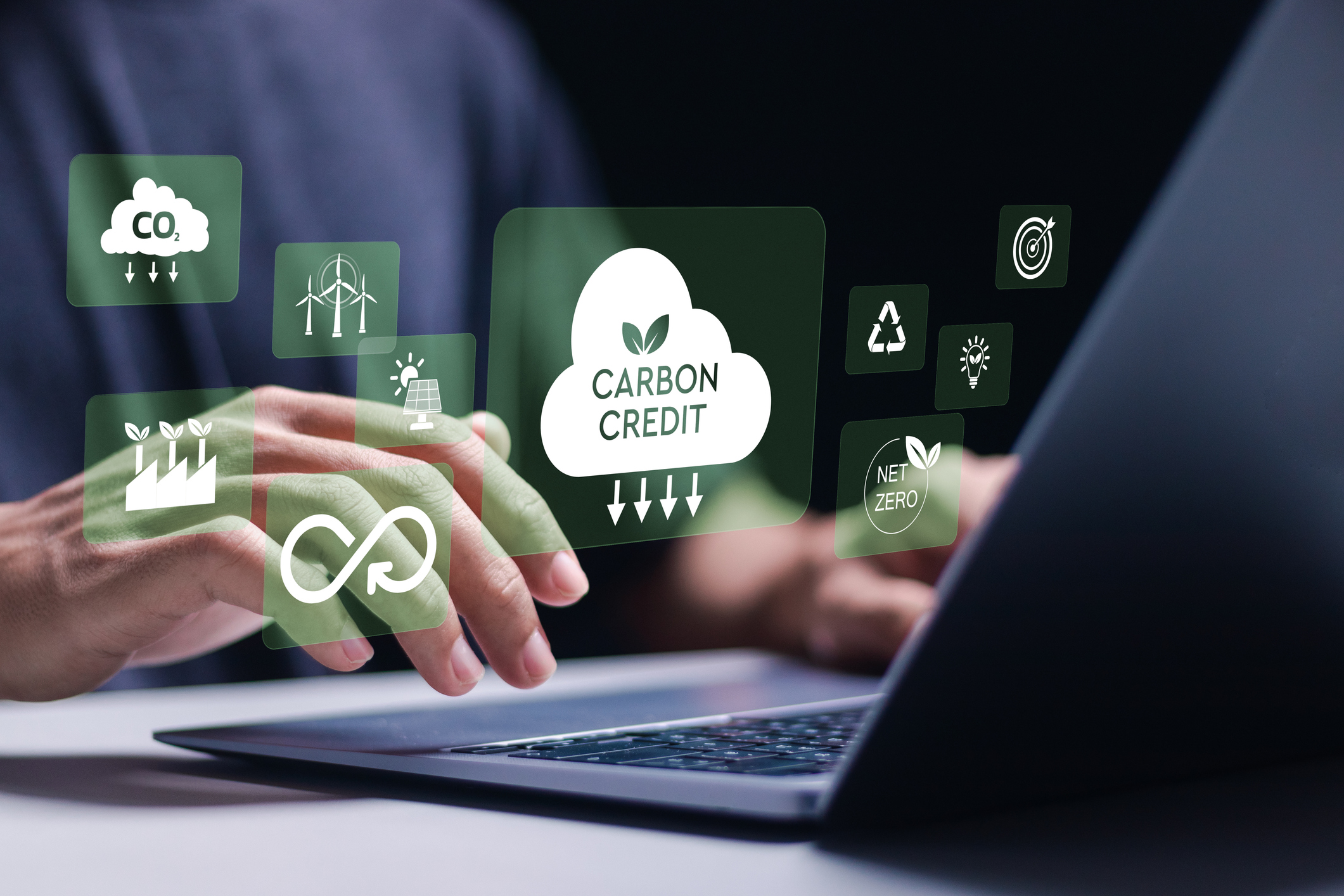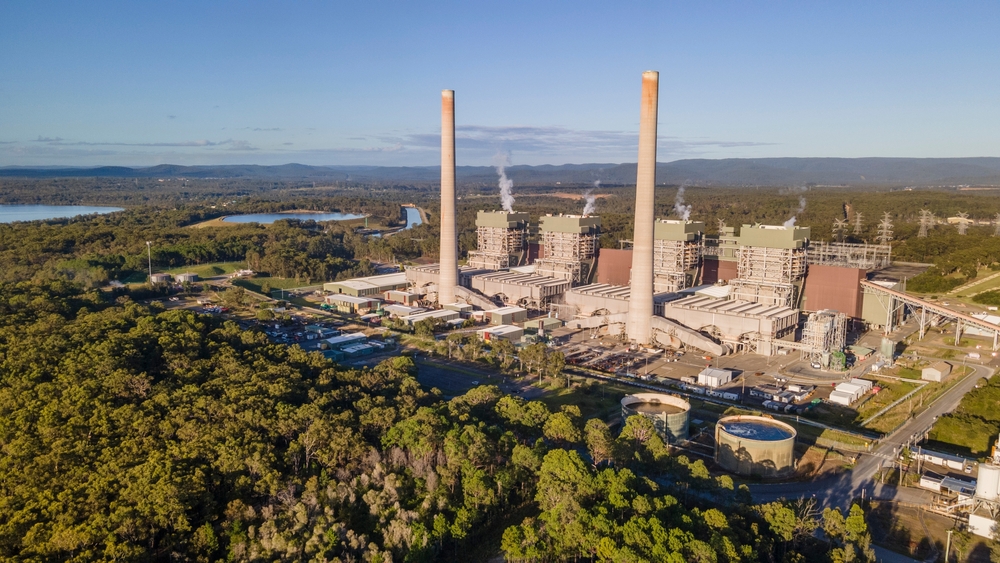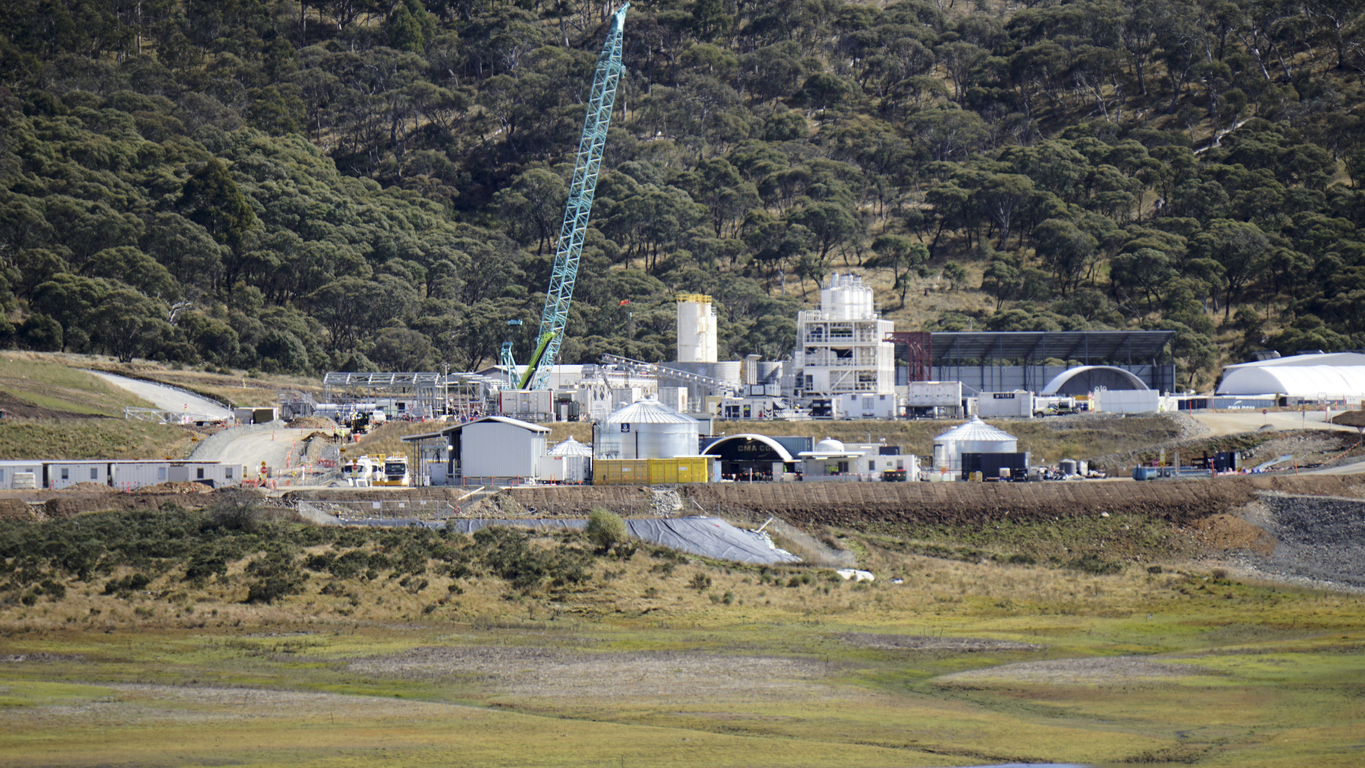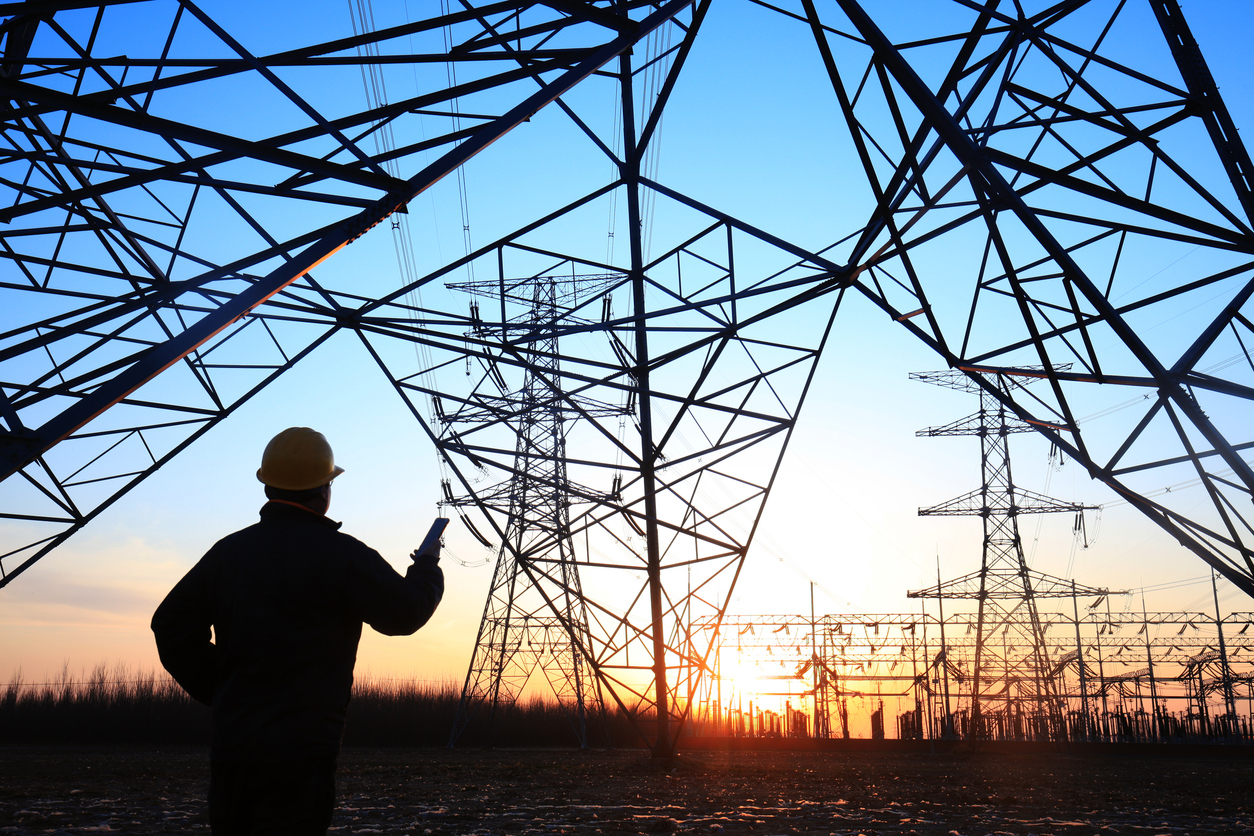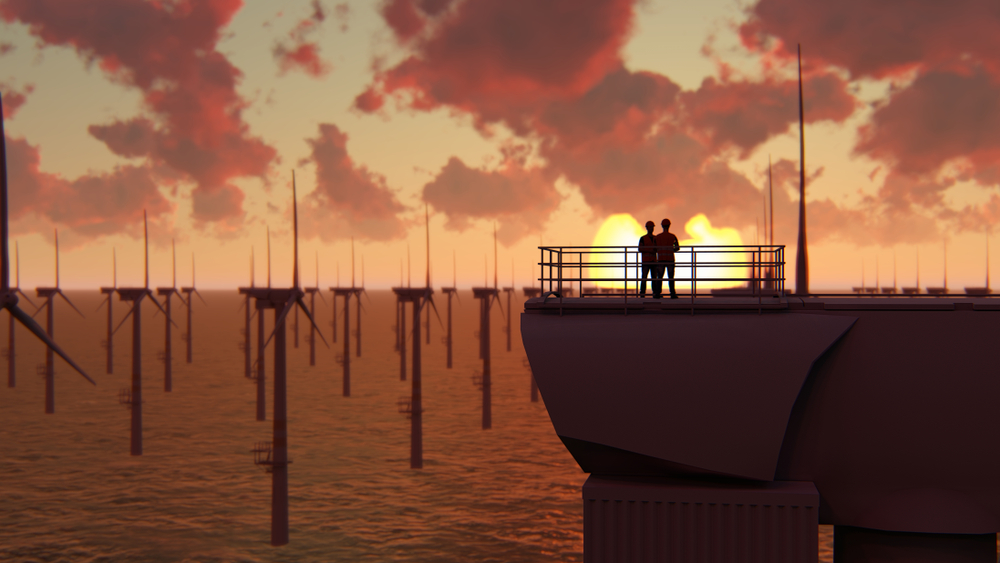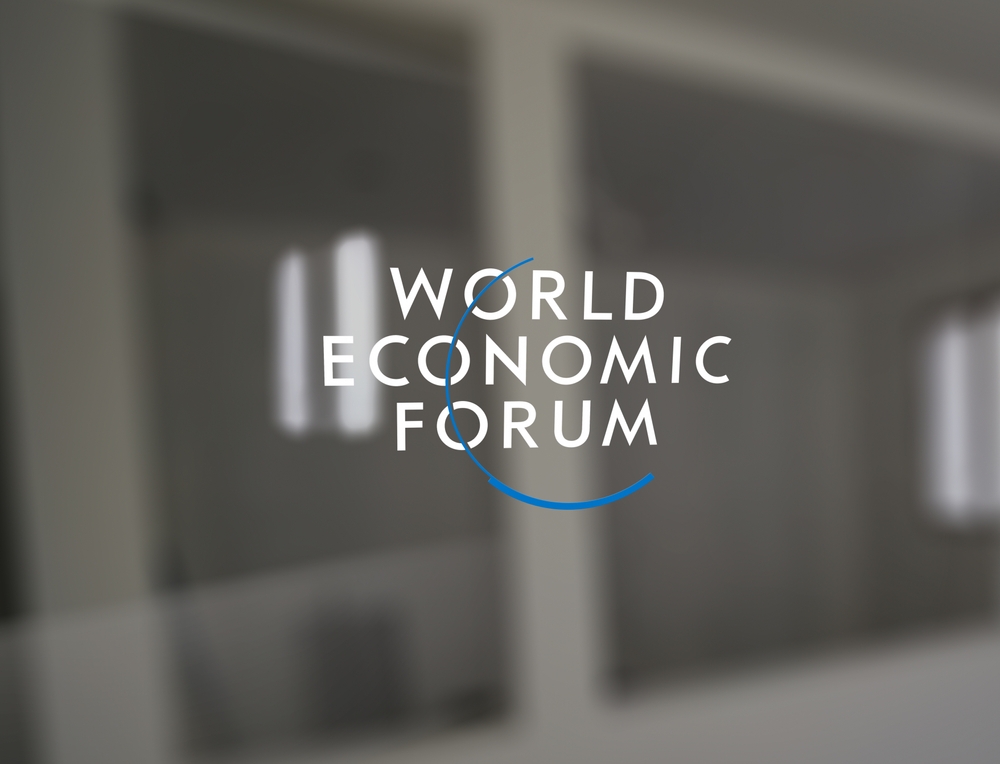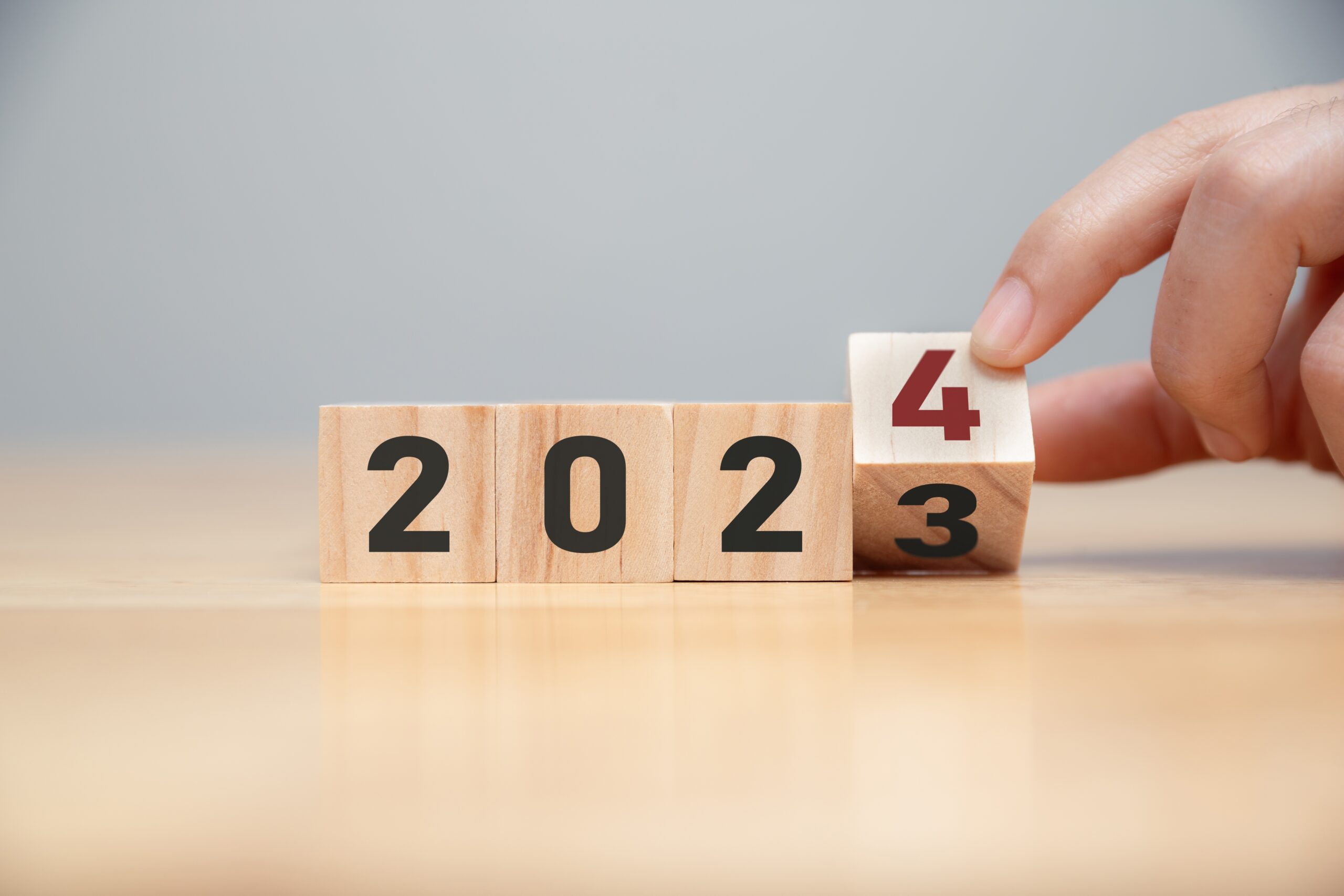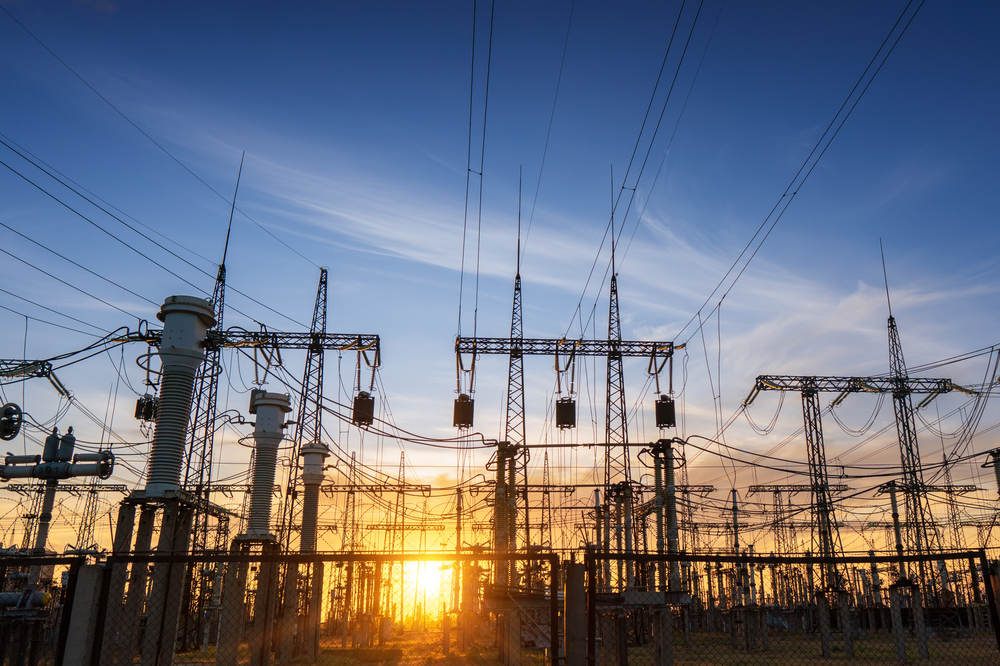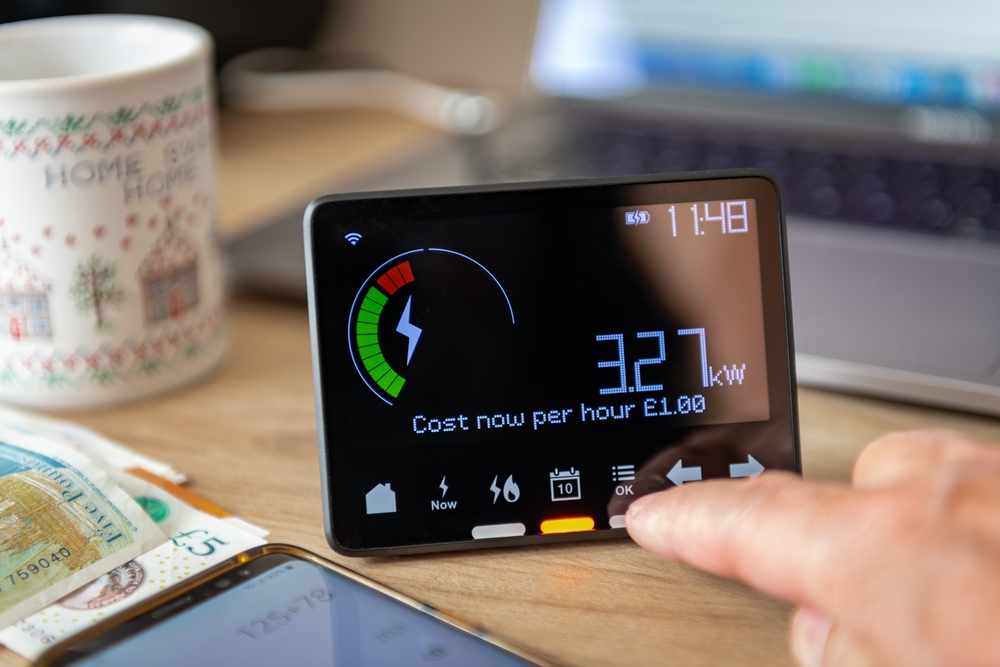The Department of Climate Change, Energy, the Environment and Water (DCCEEW) intends to stop the development of the Integrated Farm and Land Management (IFLM) method.
The reasoning is due to difficulties demonstrating the environmental benefits of regeneration activities in areas not previously cleared. Instead, the DCCEEW has proposed a new system to be developed, the Landscape Restoration Method (LRM), which considerably tightens grazing activities compared to the previous Human Induced Regeneration (HIR) method.
As a result, the market responded to the news with increased activity for HIR ACCUs and price firming for both generic and HIR ACCUs. The generic ACCU market has firmed since late last year, increasing from the $31-$32 range to $36.
Depending on the scope of allowed grazing activities under the future IFLM or IRM, the market could significantly move. The IFLM method was initially expected to fill the supply gap created after the retirement of two major methods by the end of 2024.
The ACCU market is currently priced to increase into the future, with a cost of carry of ~7%. This is ultimately driven by demand from safeguard participants and some voluntary demand associated with sustainability targets.
The current baselines decrease by 4.9% each financial year out to 2030, with an emission reduction contribution of 65.7% in 2030. The demand for ACCUs to offset organisations’ emissions is anticipated to surpass ACCU issuance for the first time in 2028. The high demand and low issuance are currently forecasted to continue until 2031, where demand for ACCUs is forecasted to peak at 31 million certificates. This is significantly up from 2022, where demand from scheme participants was less than 1 million. However, facilities that are covered by the Safeguard Mechanism are able to generate SMCs, which are a new type of credit issued as a reward for emitting below one’s limits, which could ease overall demand on ACCUs.
The Australian Government has made ACCUs available to liable entities at $75/cert, increasing with CPI plus 2%, ultimately setting a price cap for them. In future years, when supply and demand become tighter, could we witness an ACCU market consistently trading at or near the cap, similar to the current STC market?
